| A well-worn pair of my flamenco shoes. |
Other than our bodies, the shoes we wear are our most important tool of the trade and a musical instrument. They are works of artisan handicraft on top of that.
My very first pair of flamenco shoes were probably not actually flamenco shoes. They did not have a reinforced toe, they were made in Mexico, and they didn’t last very long. I think the dance store I bought them at sold me Mexican folkloric dance shoes assuming there was not much of a difference, but there is definitely a difference.
So why is it so hard to find a good pair of flamenco shoes? Students and colleagues are always asking about shoes, what shoes are the best? What shoes do you wear? What material? What heel? How much should they cost? Should you buy used shoes?….the questions are endless. And I’ve had countless conversations with my fellow dancers about flamenco shoes. I’ll first share with you why I think it’s so hard to find a great pair of shoes and then my advice when you’re looking to buy a pair.
Here’s a cool video that shows the whole process of making a pair of flamenco shoes:
The dilemma:
The shoes are handmade. This means they are carefully constructed by a single individual, not a machine. Even if the same pattern is used, each shoemaker may make a slightly different shoe because of their own craftsmanship, and even the same shoemaker using the same pattern may end up with shoes that are ever so slightly different. One of my teachers in Sevilla has been struggling to find shoes since the shoemaker who always used to make his shoes at Menkes (a flamenco shoe company) retired. He noted that they never seem to fit right anymore and he is always trying out different brands and has yet to be satisfied.
Then there’s the leather. I’m sure the shoe companies have quality control over the leather, but in my experience the quality can vary widely and some leathers seem to stretch more than others.
Measuring your feet: chances are, you don’t know how to measure your feet. To order shoes from outside of Spain, you can follow directions to measure your feet so you know what size to order or even have the shoes made specifically to the tracing and measurement of your feet. But if you didn’t measure correctly, the shoes won’t fit properly. I’ve ordered made to measure shoes countless times, even from the same company with the same measurements and the shoe sizes can vary widely–once I even ordered two pairs simultaneously and one pair fit like a glove and the other not so much. If you can get your feet measured at a flamenco shoe store in Madrid, I highly recommend it.
Different styles will fit your foot slightly differently and give more or less support. Keep that in mind when ordering a shoe. I ordered a beautiful pair of shoes from Arte FYL, but because of where the tie closure is, my feet feel less stable in the shoes. So I don’t wear those shoes much for long hours of rehearsing.
You won’t know until you try. You might think the Cuban heel is going to be perfect. But you order a pair of shoes with it and hate them. Or you try a new style and same thing. It’s a gamble, but you really don’t know what will work best for you until you try–I guess it’s kind of like dating 😛
The good news: flamenco shoes will form to your feet because they are made of suede or leather. This means that as long as they aren’t far too tight and definitely not loose when they arrive, you’ll be able to break them in and make them work. They key is they should fit snugly when you first get them.
| The pair of Arte FYL shoes I bought that don’t give my feet a lot of support. |
Some advice when you’re looking at investing in flamenco shoes:
First off, just because your shoes are old does not necessarily mean it’s time for new shoes. Flamenco shoes aren’t cheap, and you can often get small problems repaired to make your shoes last much longer. But be wary of who you take your shoes to for a fix; many shoe repair shops are not used to flamenco shoes. See if anyone in your city recommends a place to get your shoes fixed. Make sure the shoe repairman clearly understands what you want fixed and make sure he has the capacity to properly fix it.
Just because a dancer you really admire likes a certain brand doesn’t mean they’re right for your feet or your tastes when it comes to feel. We all have different feet.
The shoes should fit snug when you first get them. They will stretch out.
Leather lasts longer than suede. Leather also usually takes longer to break in and stretches less.
| A shoe from Senovilla. |
My experience with various brands:
Begoña Cervera: I have never personally known anyone to wear these shoes. I’ve heard they are very flexible and not sturdy, so they’re not great for doing lots of footwork.
Gallardo: My best flamenco shoes have been from Gallardo. Some of my worst flamenco shoes have also been from Gallardo. I feel like this brand is hit or miss. When it’s a hit, they fit perfect and last forever. When it’s a miss, they seem to fall apart after on a few months or don’t fit well at all. I’ve stopped ordering Gallardos because it’s too much money to be gambling with if it’s a 50/50 chance they will be good shoes.
Menkes: I know dancers that swear by Menkes–some of my favorite dancers that I really admire. I personally find the shoes to feel hard as a rock and never mold to my feet, yet seem to fall apart without ever feeling like I broke them in (particularly the heel seems to get loose). Some dancers really like their double soled shoe. On a side note, you can often find a shoemaker who will add a second layer of sole, which I often do once the first sole begins to wear down. Although you should get the rubber replaced before you start wearing into the sole.
Senovilla: I have worn Senovilla, but I’m not a big fan. They definitely have the widest selection of fabrics and styles and they are well known for their palo santo heel. Definitely at the forefront of flamenco shoe fashion. However, they are pricey. The quality is very standardized, but that is not to say it’s high quality. I’ve found that their shoes do not last more than a couple of years and the leather gets soft a bit too quickly for me.
Arte FYL: I am currently wearing Arte FYL. Their shoes seem to last quite a while and fit me well. And the price is pretty good–I just ordered a pair for just under 130 Euros. Their suede shoes don’t last very long, but the leather ones last quite a while.
Those are the big names, and there are also a few other brands.
There’s so much more that could be said about flamenco shoes! Leave your comments below if you want to add your experience with flamenco shoes!


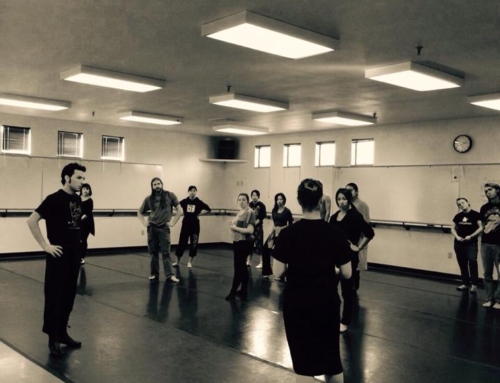
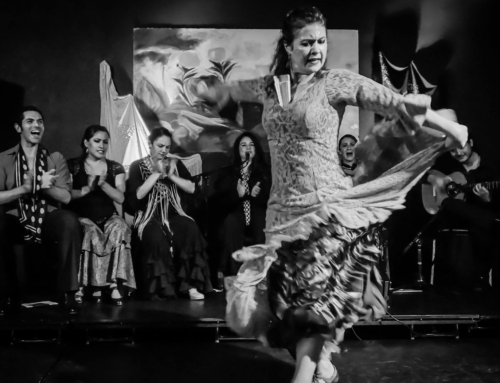


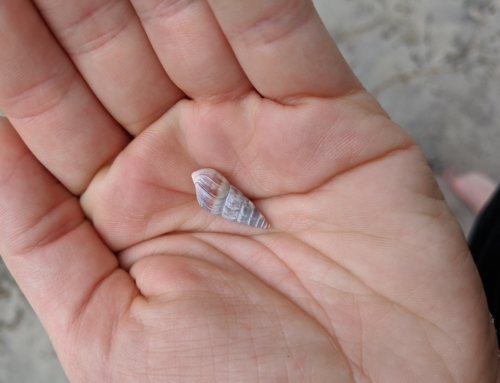
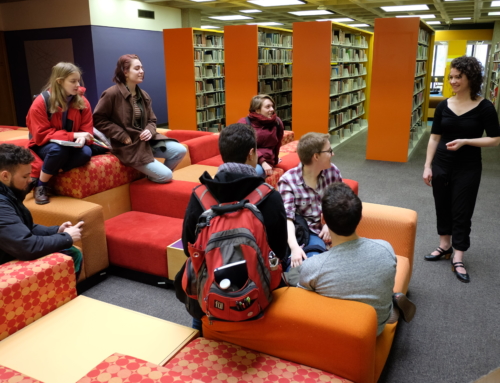
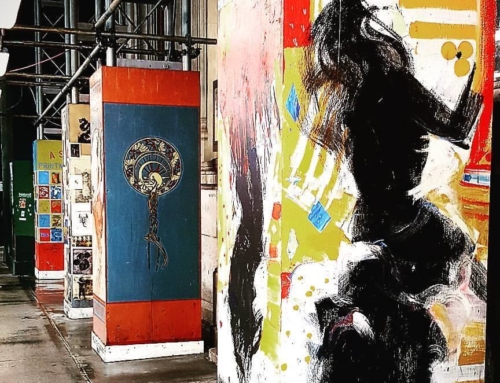

Thanks for the post, you have quietened some fears of mine of impulse-buying too small (or narrow)!
I've only been doing flamenco for a short while and was hugely hesitating before investing in a first new pair. I was in Cadiz and Jerez earlier this week and after going to several shops I finally said "Yes" to a pair of Don Flamencos. I was pretty convinced I needed a size 46 –and large– but some Gallardos in 46 were too long, and all seemed too narrow across, particularly tight on the outer toe.
I tried the Don Flamencos –in 45– at Lunares, Cadiz, and they seemed wider than the Gallardos in 46, though I was still pretty certain it was too tight (the length seemed pretty good however; I could almost feel the end with my big toe when forcing all the way forward). I expressed my concerns in my fairly rudimentary Spanish that it was really quite tight –without hurting– my little left toe. But the ladies assured me that with wearing in, they would be perfect. Well, impulse and impatience won out.
When I got home from the holiday and began walking around the apartment and doing a few zapateos (if you'll allow this beginner to indulge himself) the fears came back. My little toes still don't exactly hurt, but they are very snug. I am for now resisting the urge to send the Dons back and order a pair to measure. These ones will need heaps of wearing in, but your article has convinced me, as did the ladies from Lunares, "que al comienzo, tiene que sufrir un poco". Fingers (and toes) crossed.
Thanks again!
thanks for these tips! I can only confirm what you said about Gallardo. I ordered my first pair online…even went for their pro finish…and now my big toe feels so painful in it. I am now wondering if I should give them time to soften (must have worn them 10 times in two years max) or go for another pair. I tried on some brand new Gallardo's at my dance studio…and there was a huge difference between two pairs despite being the same size!
I had tried Menkes on at their store and they felt so bulky.
I'm even considering going back to suede shoes…
This was THE BEST tutorial ever! Thank you so much & I will be sharing this with everyone I know!